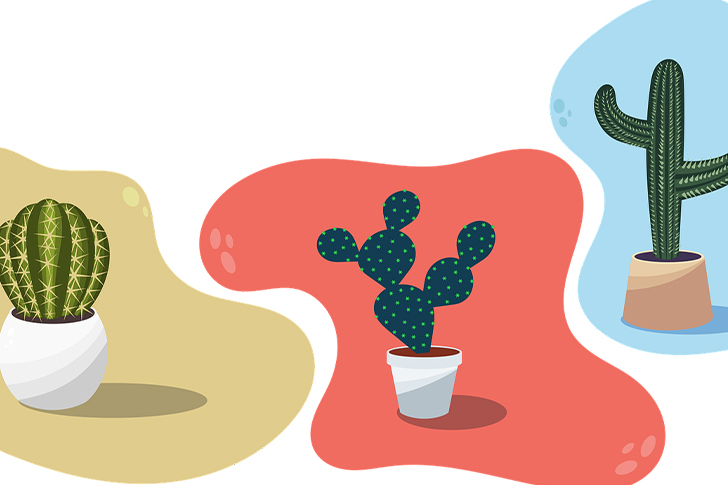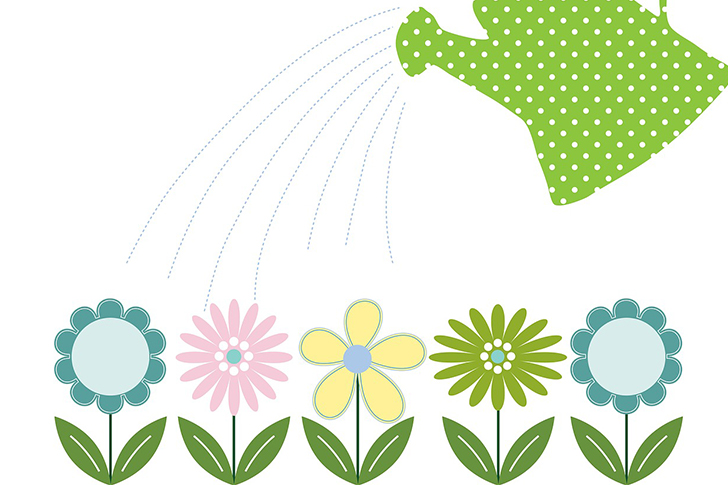The Beginner’s Guide to Becoming a Plant Person
Whether you’ve been inspired by plant parents on social media or simply want to beautify your home in a more natural way, plant parenthood comes with certain responsibilities you must be aware of. Since these plants also entail a bit of investment from your end, knowing what to expect will help you plan everything better and not go over the budget. This is especially true if you’re a newbie at caring for plants and have never successfully kept one alive! With that in mind, let us help you get started.
Succulents are a Great Match for Beginners
Succulents are the best starter plants for newbies because they are affordable, come in many different varieties, can be grown indoors and outdoors, and require little maintenance. In fact, the only thing you need to be watchful of is being overzealous when it comes to watering. Any expert would tell you that some succulent varieties thrive better when there’s a degree of neglect. Remember that most will only need to be watered once every two weeks! Give Jade plants, dwarf aloes, and Haworthia varieties a shot.
Have a Watering Schedule
Just like taking care of any living thing, it is important to be mindful of your plant’s needs. In particular, most new plant parents end up killing their plants due to over or underwatering. One way of avoiding this is by thoroughly researching the watering needs of a plant before purchasing it. After you bring it home, draw up a watering schedule or get an app that will help you organize your watering schedule. You can learn more through online classes or by simply watching YouTube!
Feed Your Plants
While researching for your new plant, you might have stumbled upon posts about plant food and what to “feed” your plants. The thing is, you don’t always have to do this. Sure, some plants might need a little extra boost, but they can also thrive without them. How will you know if they require a bit of help? Be more mindful of any changes in their leaves, stems, and overall size. There are houseplants that require more investment, especially during spring and summer when they are most active. You should also remember to replace the soil every few years.
Always Go for Low-Maintenance Plants
Until you feel more confident about caring for more complex plant varieties, it is always best to start with easy ones. There are many types that can be as beautiful as exotic species—sometimes even more. When bringing home any plant, however, one of the most important things you must remember is to give it about two weeks to adjust. It has to get acclimated to its new home, whether you’re keeping it on the flooring or on a shelf, which is likely very different from what it is used to.
Some of the best, low-maintenance plants you can try are African violets, rubber trees (very tolerant of dim or low lighting, especially indoors), and rabbit’s foot fern. Another thing to keep in mind? Choose plants according to the existing conditions you have at home. If your place doesn’t get enough light or only a few hours of it, either get a grow light or choose plants that will fit these conditions.

Give Edible Plants a Try
You’d be glad to know that there are many edible plants that are also easy to care for. Having these around should help with money management when it comes to food expenses since they’ll keep producing as long as you care for them!
Herbs such as oregano, sage, chives, and thyme can all be grown on a window sill that gets plenty of light. These can be pretty expensive when bought at the grocery store so you’ll be saving a lot by growing them yourself.
Other healthy greens you can try are kale, arugula, spinach, and baby lettuces. These will grow well in containers, as long as they get six hours of full sun each day.
Photo Source: Pixabay.com


Recent Comments